
The fossilized mandibular bone of a rhino, awls made of bones and scrapers are among the findings unearthed from the Paleolithic Mengxihe site. (CHINA DAILY)
Discovery of the site enriches people's understanding of the spread of Homo Sapiens, said Wang from Peking University. One theory posits that about 70,000 years ago, a super volcanic eruption at the present-day Lake Toba in Indonesia caused a devastating cooling episode. It is believed people on other continents besides Africa mostly died during the freeze, and after the episode, Homo Sapiens left Africa and began to spread around the world.
The Mengxihe site may provide new evidence for this theory. "The site dates back roughly to this time, when it was very cold. But the abundant cultural relics show human activities didn't cease then in East Asia, and their society seems to have been prosperous," said Wang.
The site contains various traces of ancient humans' complicated activities, like their development and use of bone and wooden artifacts, use of animals and plants, and carvings on bones, stones and acorns. Many of them were previously believed to have appeared much later, showing a complicated Paleolithic society that may be underestimated, said Zheng.
"It is one of the most systematic and all-element Paleolithic sites in China, showing the relationship between humans and the environment, and providing a vivid view of human activities during the Late Pleistocene epoch," said Wang.
The other finds that were honored at Tuesday's function included the discoveries at a series of Neolithic sites dating back 3,000 to 7,500 years in Pingtan county, Fujian province; the Qujialing Neolithic site dating back 4,200 to 5,900 years in Jingmen, Hubei province; the Zhaigou site dating back to the Shang Dynasty (c.16th century-11th century BC) in Qingjian county, Shaanxi province; the Xipang site in Turpan, Xinjiang Uygur autonomous region, from the Tang Dynasty (618-907) to the Song Dynasty (960-1279); and the Shangjing city of the Liao Dynasty (916-1125) in Baarin Left Banner, Inner Mongolia autonomous region.











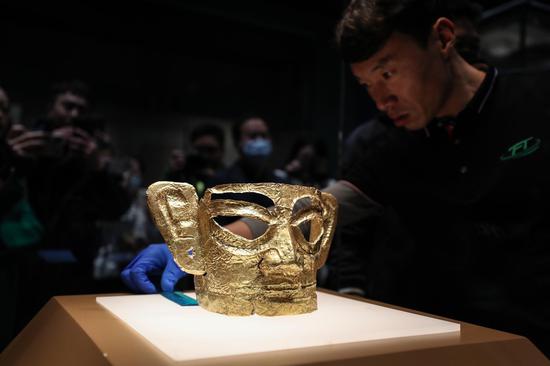




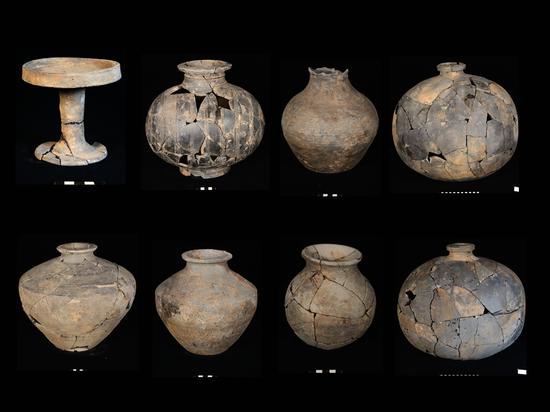

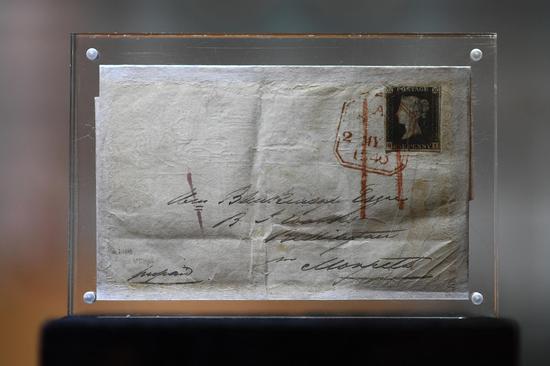











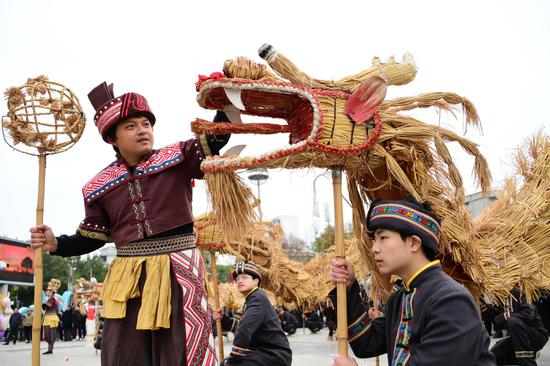
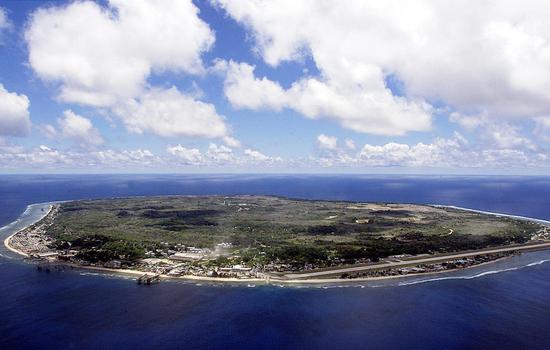
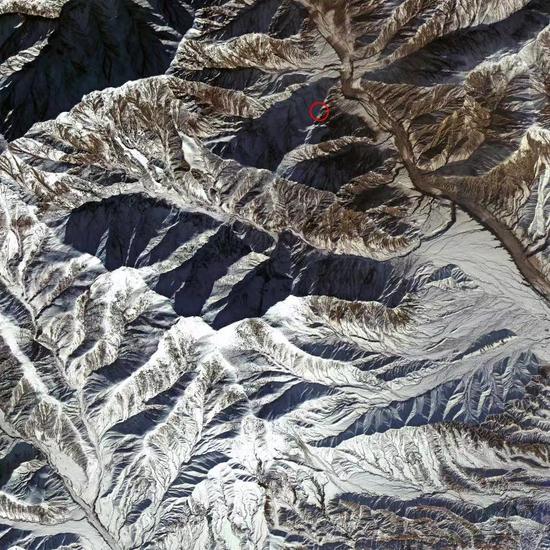


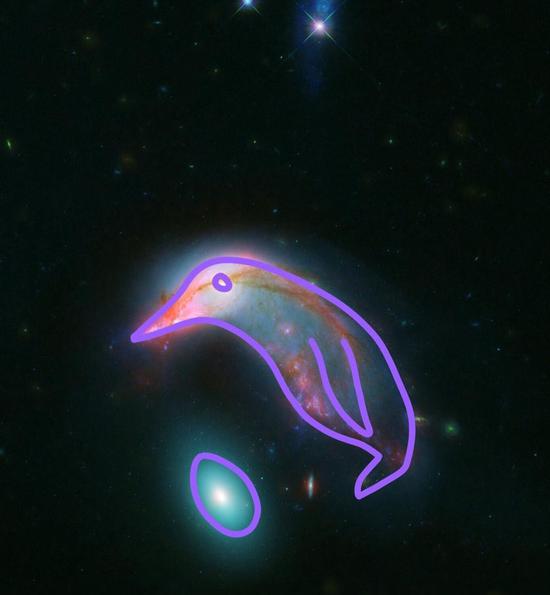




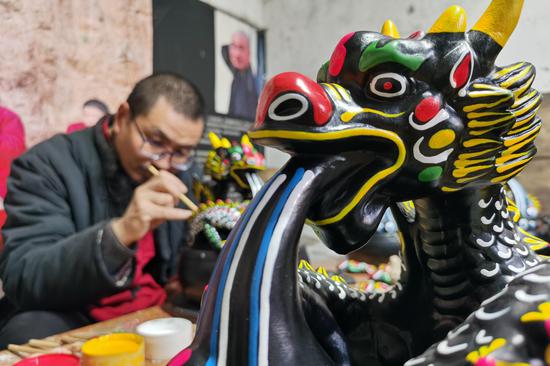
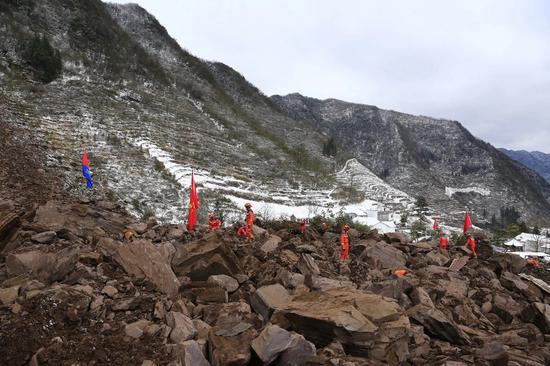








 京公网安备 11010202009201号
京公网安备 11010202009201号